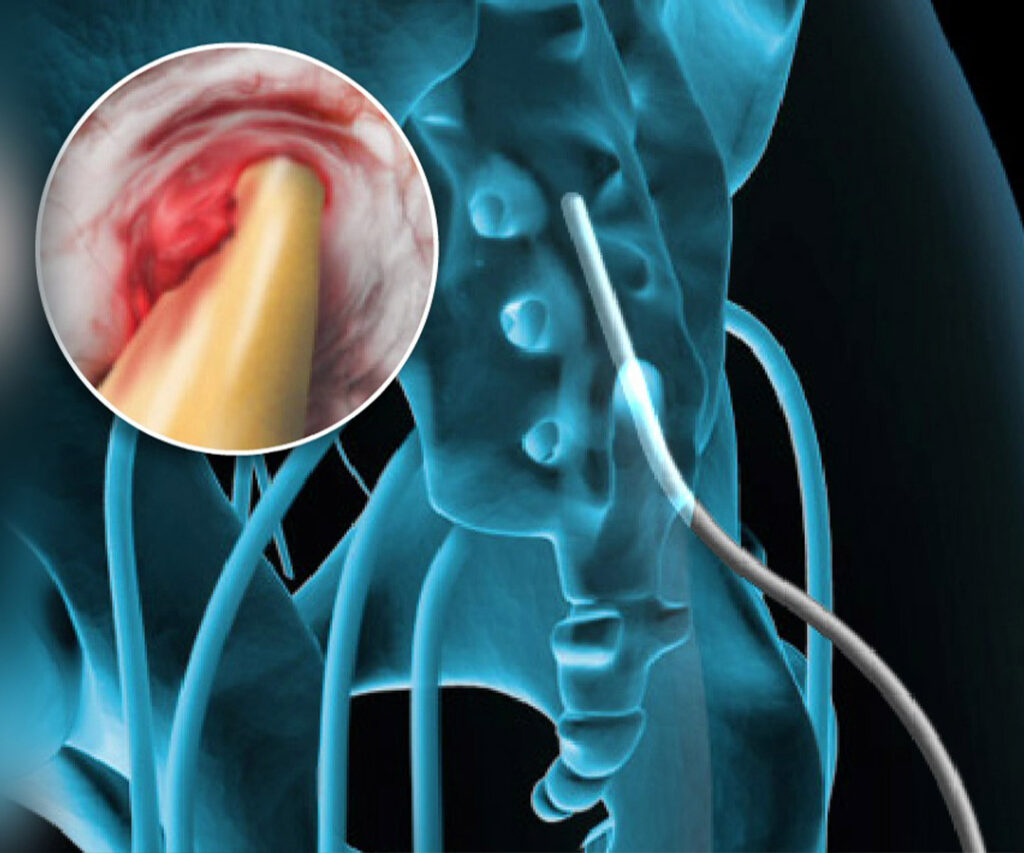Epiduroscopy
What is Epiduroscopy?
Epiduroscopy is a minimally invasive medical procedure used for diagnostic and therapeutic purposes to assess and treat conditions affecting the epidural space of the spine. The epidural space is the area surrounding the spinal cord and the spinal nerves. This procedure involves the insertion of a thin, flexible endoscope, or catheter, into the epidural space to visualize and potentially treat various spinal conditions


Key Aspects of Epiduroscopy
• Diagnostic Exploration: Epiduroscopy allows direct visualization of the epidural space, enabling healthcare providers to assess the condition of spinal structures, identify abnormalities, and diagnose specific spinal issues.
• Procedure Technique: A catheter or endoscope is typically inserted into the epidural space through a small opening in the spine. This can be guided by fluoroscopy or live X-ray imaging for precise placement.
• Visualization of Spinal Structures: Once inside the epidural space, the endoscope provides real-time imaging of the spinal structures, including the spinal cord, nerve roots, and surrounding tissues.
• Treatment Applications: In addition to diagnosis, epiduroscopy may be used for therapeutic purposes. This can include the delivery of medications, such as corticosteroids or local anaesthetics, directly to the affected area to reduce inflammation and alleviate pain.
• Conditions Addressed: Epiduroscopy is commonly employed for conditions such as chronic back pain, sciatica, herniated discs, spinal stenosis, and adhesions in the epidural space.
Some quick information
Our goal is to help the patient regain their quality of life
We relieve your pain, helping you be yourself again!

